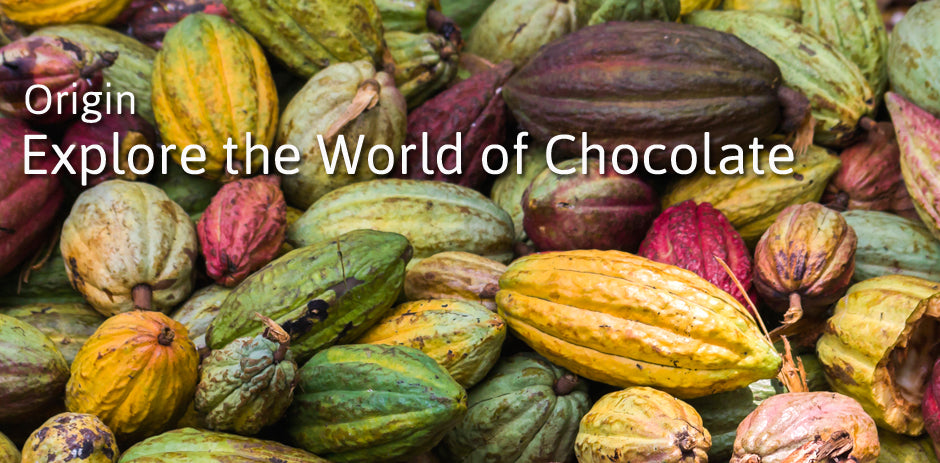 |
||
 Origin: The Taste of PlaceAs long ago as the Aztec Empire, people recognized that origin was an important determinant of cacao’s flavor. Like wine and coffee, the impact of terroir, not just varietal and processing, is part of what gives chocolate its unique personality. Even in the days when Criollo was the only type of cacao known to European connoisseurs, beans from an handful of Venezuelan locations were coveted for their complex, intense flavors. Porcelana, a sub-type of Criollo found near Lake Maracaibo, and particularly beans grown on the estate of Chuao, were prized among all others.
However, as the Spanish carried Criollo along the equator, first to the Caribbean and then on to Indonesia, Java, the Philippines and Malaysia, and the Portuguese brought Brazilian Forastero to West Africa, the thread linking chocolate back to place began to unravel. Crossbreeding, both intentional and natural, first muddied the waters. One genotype was no longer necessarily the only tree growing in a specific region. Disease-resistant Forastero soon came to dominate cacao-growing regions across the globe, as it does today. Notable exceptions are Venezuela, small areas in Ecuador, portions of Chiapas, Mexico, Nicaragua and the mountains of Belize Changes in processing furthered the divorce from place. The separation of cocoa butter from cocoa solids in 1828 fractured bean components and allowed the content to be mixed and manipulated. Alkalization and the addition of milk continued to blur lineage. Still chocolatiers sought out higher-quality beans. It wasn’t until the advent of mass-production that the industry adopted a conscious anonymity. Recently, prompted by the resurgence of artisanal chocolatiers, the importance of terroir has been revisited. Once again, the superiority of certain origins has been explored through single-source chocolates. But, as yet, there is little agreement on how to define and delineate those geographies. Some chocolatiers create bars from a single cacao producing estate or plantation. Some define origin by the port of embarkation, others a region. For some, origin includes an entire country. Almost without exception, trees from one place—no matter how narrowly defined—blend genetics, creating a complex mélange of varietal and origin. And the number and nature of prized origins can change based on growing conditions and the interest of chocolatiers.
|
||